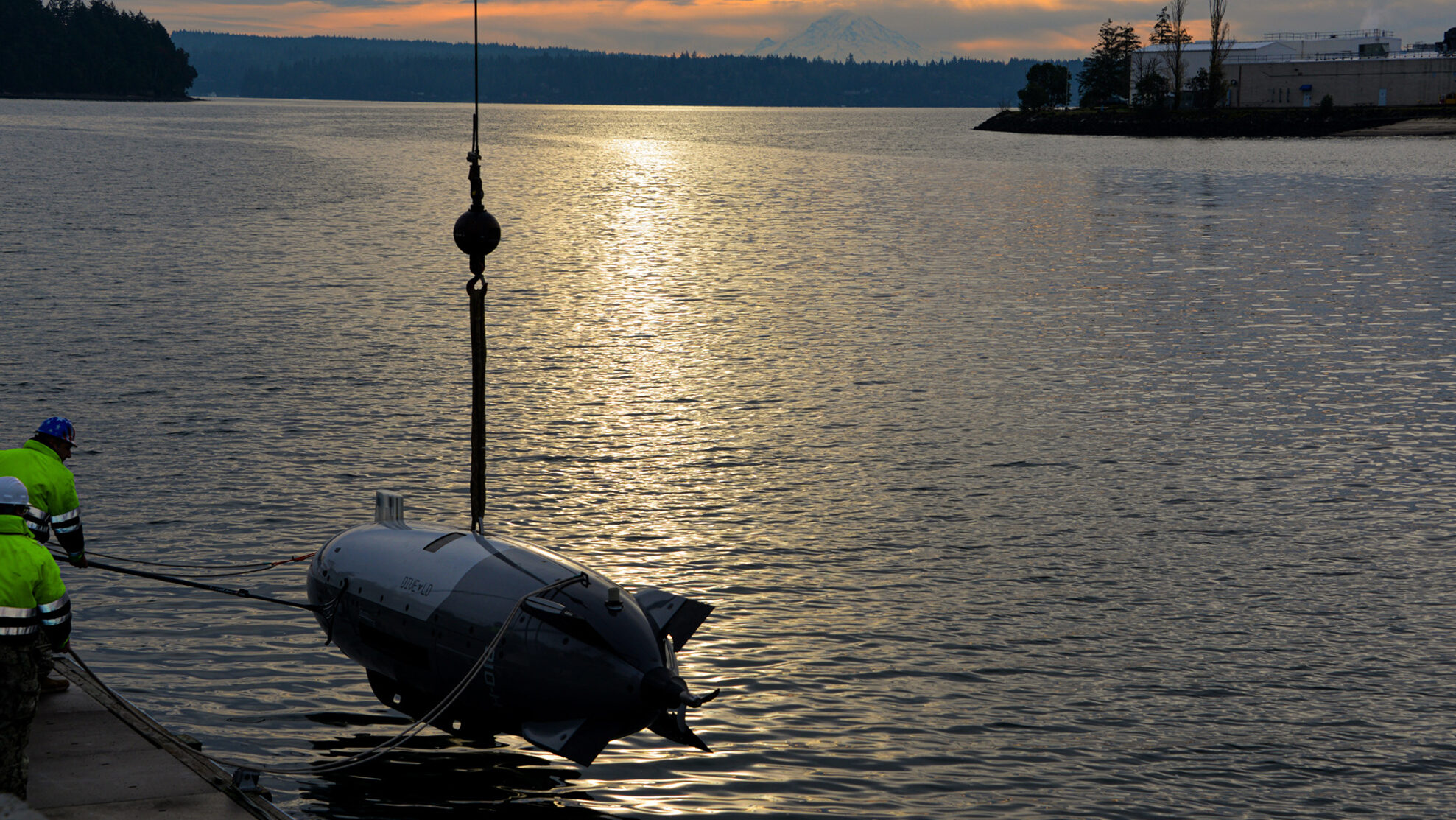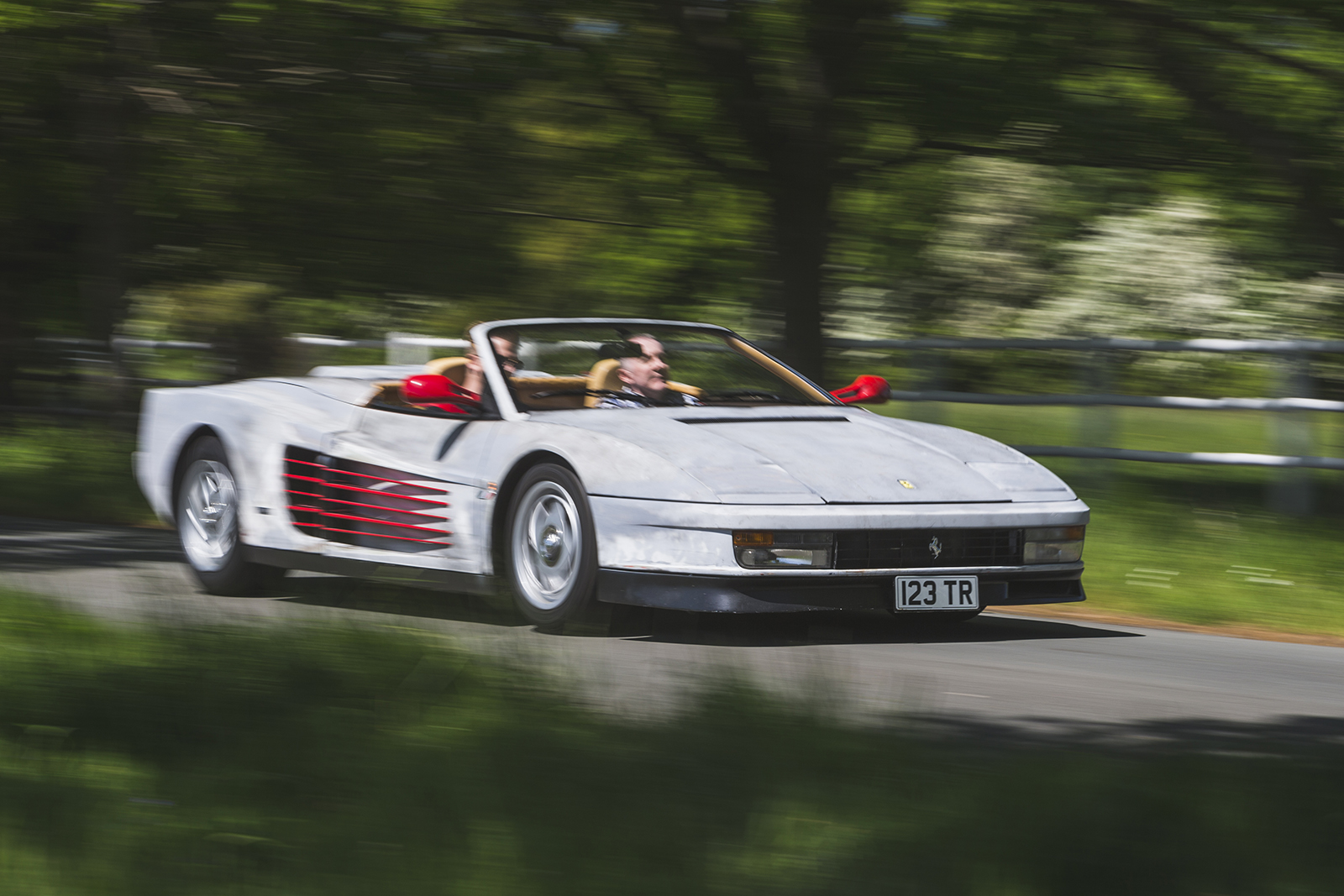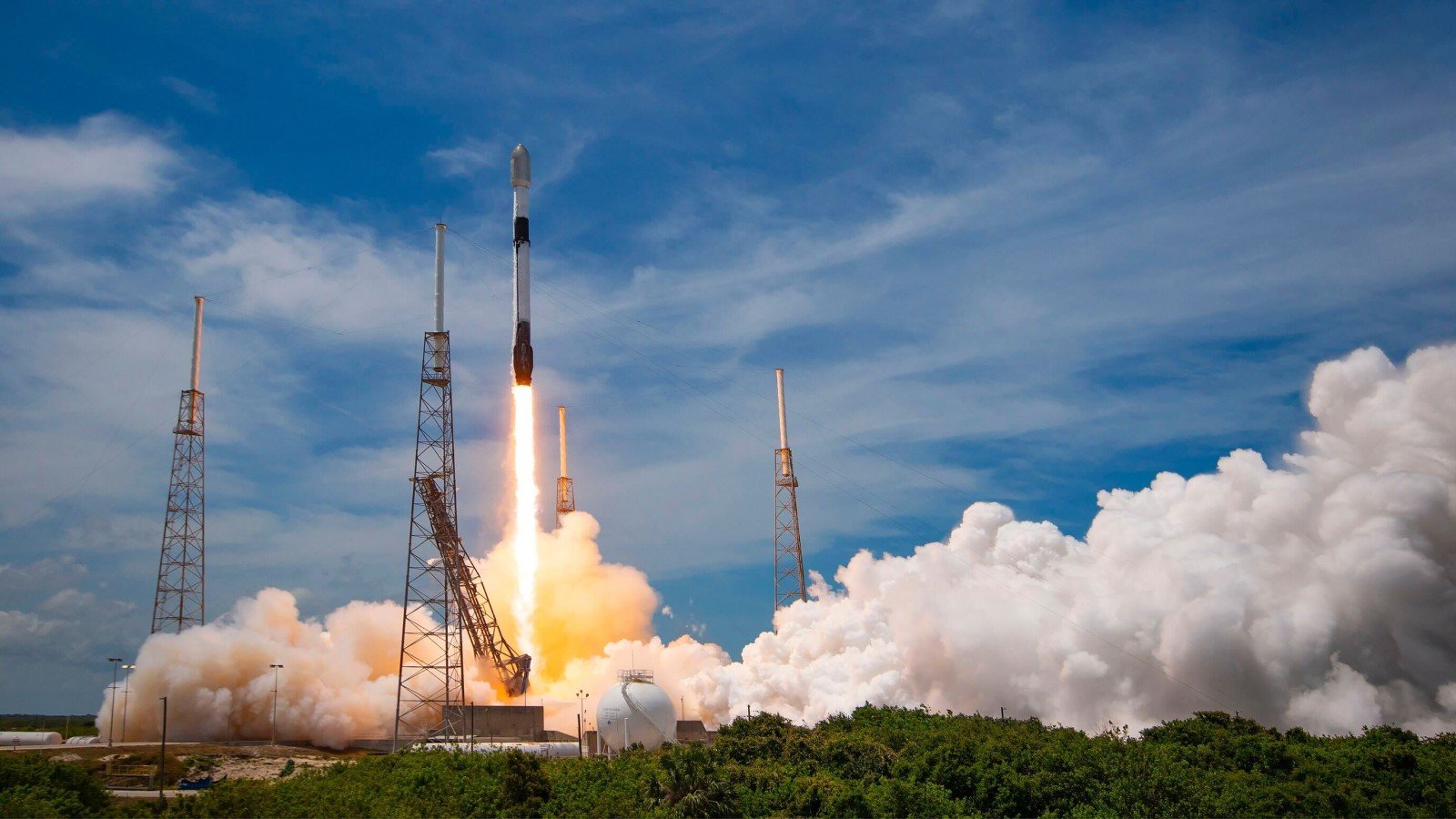Defense Innovation Unit seeks undersea drone capable of ‘long-range’ payload deployment
The new solicitation broadly outlines what Navy leaders for years have sought from unmanned vehicles: multi-purpose trucks capable of carrying any payload of their choosing.


Sailors assigned to Unmanned Undersea Vehicle Group (UUVGRU) 1 and Undersea Vehicle Squadron (UUVRON) 3 conduct training with the Navy’s newest Large Unmanned Undersea Vehicle (LUUV), the Anduril Dive-LD, in Keyport, Washington, Dec. 11, 2024. (U.S. Navy photo by Loren Nichols)
WASHINGTON — The Pentagon’s conduit agency to Silicon Valley is seeking a commercially available unmanned undersea vehicles capable of “deploying large payloads” across ranges further than 1,000 nautical miles.
“Current UUV capabilities present limitations in range and payload capacity, hindering the effective deployment of critical resources in certain operational scenarios,” according to a Defense Innovation Unit solicitation posted today dubbed the “Combat Autonomous Maritime Platform.” “The DoD seeks commercially available, demonstration-ready uncrewed systems that address these limitations, offering a scalable and cost-effective solution for long-range, high-capacity payload deployment.”
The UUV should be capable of employing payloads of varying sizes; conducting intelligence, surveillance and reconnaissance; operating in a GPS-denied environment as well as bathymetric surveys and mapping. In addition to the 1,000 nautical mile range, the solicitation also states a vendor’s solution should be able to dive deeper than 200 meters (656 feet) underwater and operate autonomously to navigate and avoid obstacles or collisions. Responses are due by May 1.
The solicitation’s goal — seeking a multi-purpose unmanned system capable of carrying a variety of payloads — largely matches what US Navy leaders for years have repeatedly sought from industry as the service’s leaders tout the concept of a future hybrid fleet.
“The government understands that companies will likely not be able to meet all of the specifications in this solicitation, but encourage companies with demonstrable capability applicable to one or more of these specifications to apply,” the solicitation says.
For its part, industry as of late has been unveiling a spate of unmanned surface and subsurface vehicles — Leidos’ Sea Dart, Saronic’s Maruader, Anduril’s Copperhead. But while the service has experimented widely with different offerings through agencies like Task Force 59, only a select few vehicles have made their way into programs of record such as HII’s Lionfish or been broadly incorporated into fleet operations like Saildrone’s part in Operation Southern Spear.
As a research agency, DIU’s function is to help the services find and assess technologies on the market. Whether the Navy chooses to invest time and money advancing a given product further into its fleet is a decision for service brass to make.











































































































































































